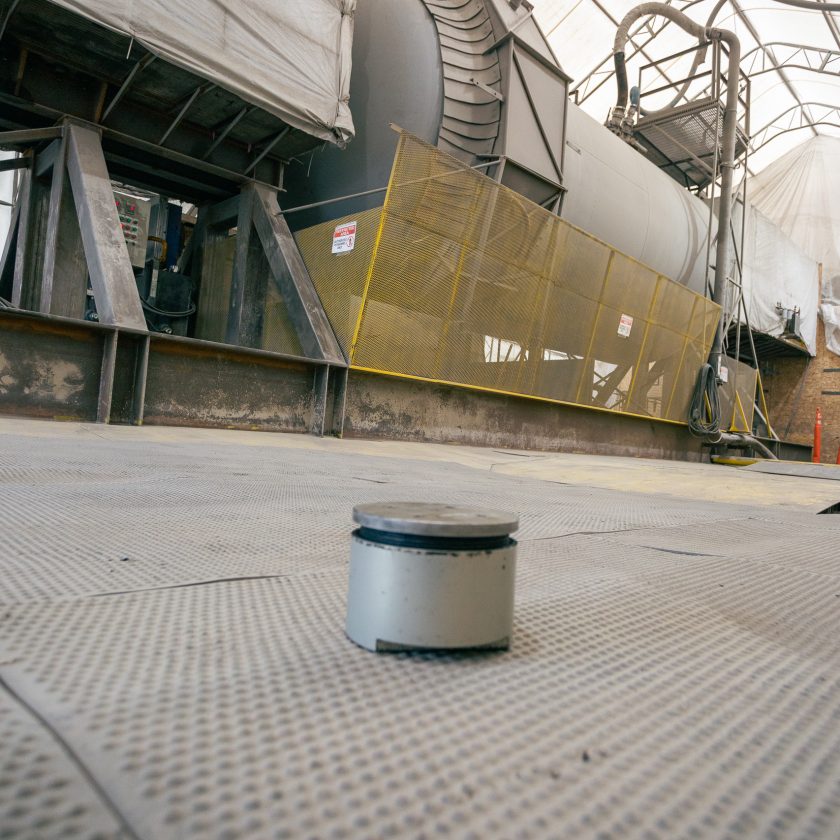After A Year Like No Other, What’s In Store For The Global Cement Industry This Year?
By Jonathan Rowland
Only 12 short months ago, very few of us had even heard of COVID-19, let alone believed that the disease would end up grinding many areas of the economy – and our lives – to a halt. We all know better now: to paraphrase Franklin D. Roosevelt, 2020 will be a year that lives in infamy.
In the cement industry, global demand is expected to have fallen by 2.8%, according to CW Research’s 2020 second-half update of its Global Volume Forecast Report. “Major markets, including India, the United States, Vietnam and the EU, are all expected to see major declines in cement demand in 2020,” Prashant Singh, CW Group associate director, told Cement Americas. “India in particular could witness a decline of 20% to 266 million tonnes.”
The impact of the virus has not fallen evenly on all markets, however, and “there were some pockets of unexpected renaissance and durability through 2020, including Brazil, Saudi Arabia and Eastern Africa,” continued Singh. “China has even surpassed expectations, after the imposition of a strict lockdown at the beginning of 2020.”
Pressing Play After a Year on Pause
Despite being the first to confront the pandemic, the Chinese cement industry has ended up the success story of 2020, agreed Ian Riley, CEO of the World Cement Association. “China was able to handle COVID-19 very effectively and, as a result, the impact of the virus on the cement industry has been extremely small and confined to the first quarter. The outlook is also very good, after the government brought forward infrastructure projects to help boost demand.”
Outlook elsewhere will be mixed with much depending on the extent to which other governments are able and willing to invest in infrastructure: the politics “complicates the outlook,” said Riley. “In Indonesia, for example, there is more optimism about a boost in demand in 2022, rather than 2021. There are also question marks over some areas in Africa, where a wave of major projects is coming to an end with uncertainty over what replaces them.”
The impact of the pandemic may also linger longer in countries where the construction industry is most reliant on an immigrant workforce, such as some Gulf states, continued Riley, as the global movement of people recovers only slowly after the shutdowns and tight travel restrictions of 2020. How the industry deals with continued intermittent spikes in COVID-19 will also have “a determinative impact on the financial viability of smaller cement companies,” added Singh.
At the global level, however, “encouraging economic activity in the third quarter of 2020 augurs well for demand with a sharp rebound in 2021 on the cards,” said Singh. CW Group forecasts growth in cement demand this year of 2% globally.
Fast Forward on Climate Action
2020 also saw renewed focus on “implementing and perhaps even exceeding the Paris Agreement protocols,” said Singh. This will continue through 2021 and “shape strategic discussions within the cement industry in terms of how to accommodate environmentally-friendly policies, while balancing the financial impact.”
A large number of leading manufacturers have now pledged to become carbon neutral or even carbon negative, most by 2050, although some are targeting an earlier date. Notably, in China, the industry is responding to the September 2020 announcement by President Xi Jinping that the country would aim to be carbon neutral by 2060, a move that “is already producing a change in priorities with Chinese companies putting much greater emphasis on their responses to climate change,” said Riley.
Action also now appears likely in the world’s second-largest emitter as Joseph Biden assumes the Oval Office this month. The incoming administration has already said it will re-join the Paris Agreement, only months after the country officially withdrew, and implement proposals to achieve carbon neutrality by 2050.
Not waiting for the politicians, the U.S. cement industry is already making moves in this direction. In November 2020, the Portland Cement Association (PCA) announced an ambition to achieve carbon neutrality across the concrete value chain by 2050. To facilitate this, PCA’s Rick Bohan, vice president, sustainability, said the association will develop a roadmap by the end of the year to “demonstrate our industry’s commitment to be part of the solution and tackle this global issue.”
More information on the Global Cement Volume Forecast Report can be found on the CW Group website: www.cwgrp.com/cemweek-marketdata/global-cement-volume-forecast-gcvfr-2.



